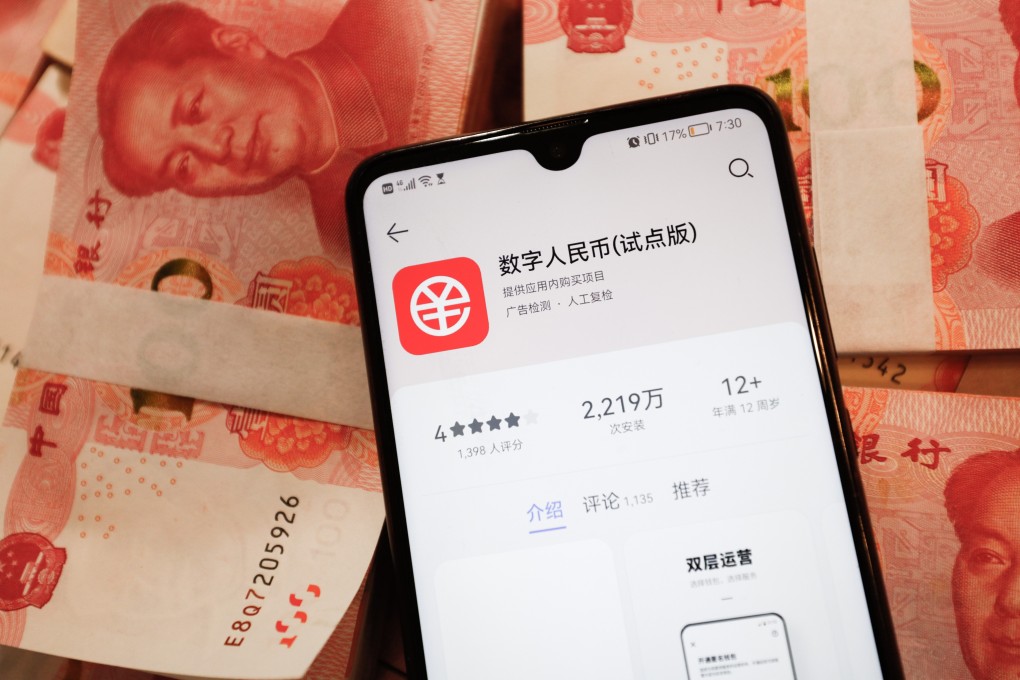Head of China’s digital yuan addresses blockchain’s role in mBridge, pushing digital currencies beyond their borders
- In a FinTech Week panel discussion, Mu Changchun discussed the cross-border mBridge project, which could show how Beijing may internationalise the yuan
- Tight capital controls have long hindered China’s efforts to internationalise its currency, but digital currencies offer to levers to maintain control

“You can also adopt these existing traditional payment systems such as RTGS [real-time gross settlement] or FPS [Faster Payment System], so that central banks or monetary authorities can issue their own CBDC on mBridge without establishing their own CBDC system,” Mu explained. “For example, mBridge CBDCs can be issued with the same amount of funds deducted from the relevant bank accounts or reserve accounts in the RTGS system.”

Despite DLT being “not so perfect for a payment system”, Mu said that it has proven beneficial when there are “so many parties involved”. “In order to solve the heterogeneous issues or the trust issues, a DLT is perfect for self-management or autonomous management,” he said.
The mBridge is a joint project between the PBOC, Hong Kong Monetary Authority (HKMA), Bank of Thailand, Central Bank of the United Arab Emirates (UAE), and the Bank of International Settlements’ Innovation Hub Hong Kong Centre. It has been a closely watched experiment as the only large-scale use of blockchain to settle international payments.
The success of mBridge, which stands for multiple-CBDC Bridge, is seen as a possible avenue for Beijing to push yuan internationalisation while maintaining tight control. The goal of a more international yuan has long been hampered by tight domestic capital controls, which helps reduce the risk of capital flight but makes the yuan less useful for foreign exchange.